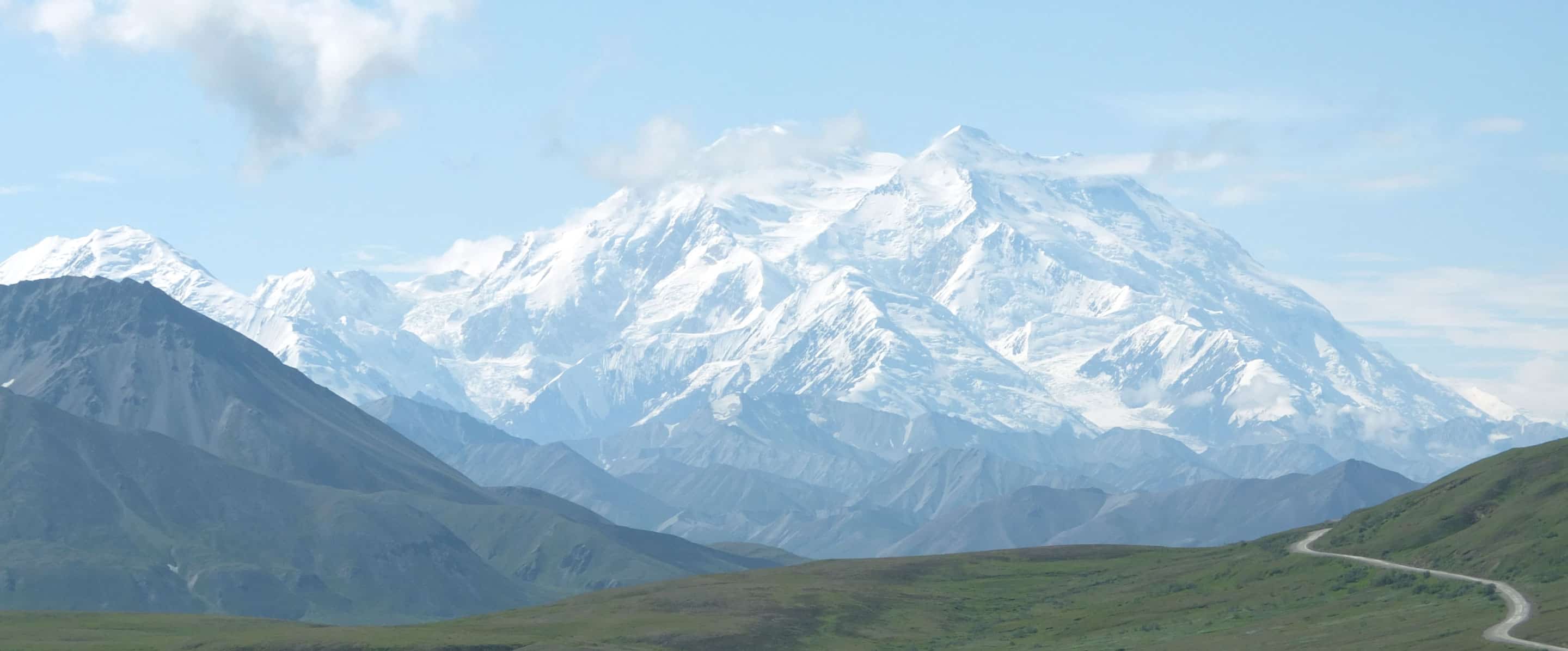
We the People of Alaska
WTPA High School Competition
The We the People of Alaska program is modeled after the Center for Civic Education’s We the People program, funded until recently under the Education for Democracy Act to promote civic competence and responsibility across the nation. More than 30 million students have participated in some level of the We the People program, and a recent study found that alumni of the high school program demonstrate stronger civic and political engagement, with 91% of respondents voting in the last presidential election.
With a similar goal of inspiring civic engagement and knowledge in Alaskan youth, WTP Alaska is to be a statewide competition of simulated legislative hearings in which students present their research and opinions on important Alaska topics. The program comprises six units: citizenship, natural resources, Alaska Natives, governing entities, the economy, and the Alaska model. These areas were chosen for their importance to the development of Alaska and because they provide a foundation from which students can gain a greater understanding of the current issues facing our state. Due to the content overlap with the Governing Alaska and Modern Alaska units in the high school Alaska Studies curriculum, WTP Alaska would serve as a supplement while these are taught, the final eight weeks of the semester.
Hearing Format
Students are divided into groups of three to five people, each tasked to become experts in a particular unit. The first semester of the year focuses on units one through three, while the second semester teaches units four through six. Therefore, students study different content depending on which semester they take the course. This ensures that students are inspired by their own learning and investigation, rather than simply repeating the presentations of their friends the previous semester. Each unit team chooses one question to research from the list of three district hearing questions. During competition, each unit sits at a table directly across from a panel of judges. Three to six community members typically serve as judges, often educators, government officials, professionals, or scholars. Students begin by alternately reading a four minute prepared response to the question they selected. Afterward, panelists (judges) have a maximum of six minutes to ask the students follow-up questions, often requiring careful analysis. A good response to these questions typically requires that several unit members answer, offering different points of view when possible and supporting their opinions with facts such as current events, court cases, statistics, and quotes from experts in the field. Panelists (judges) provide feedback to the students.
Preparation involves extensive research, not only for their written response, but also for potential questions from the judges as well. While students must understand the historical basis of their topic, they also expand their interest in current issues, since much of their most interesting material comes from newspapers and other media in the form of current events. Students develop teamwork skills as they work together to create their response papers and practice their follow-up answers. Because they have no advance knowledge of the questions in the latter part of the competition, students must demonstrate critical thinking skills through a thorough understanding of their topic, instead of merely learning to recite information.
Implementation
A pilot program will debut in two Alaska Studies classrooms during spring semester of 2012. Upon completion of the pilot, the two participating teachers will give feedback and the Institute of the North will hold a one day training for all Alaska Studies teachers. During this training session, experts will come to speak about each unit to give teachers some background knowledge of each unit. In addition, teachers will be given a large booklet of further information and sources, as well as an extensive list of potential follow-up questions for their students to practice and the judges to use if needed. Instead of a single, statewide culminating competition, each school will send its best teams on to regional competitions. In rural areas where travel is difficult, videoconferencing between schools may be used instead. Teams will be recognized for winning or progressing to subsequent rounds of competition. Finally, the top Constitutional Scholars and top Constitutional Fellows team will travel to Juneau and present for the Legislature.
Top 10 Reasons for using We the People of Alaska…the Citizen and the Alaska Constitution as a component of your Civics and Government program:
-
- The Anchorage School District supports the program.
- The content is presented in an understandable and interesting manner.
- Teachers feel excited and renewed after teaching We the People of Alaska.
- Students become interested in their government.
- We the People of Alaska students outperform non We the People of Alaska students in knowledge and understanding of the Alaska Constitution and its philosophical and historical underpinnings.
- Important Alaska Constitutional concepts spiral across the grade levels.
- Activities enhance critical thinking and problem-solving skills through cooperative learning activities.
- The simulated hearing is an excellent authentic assessment tool.
- The materials align closely with the ASD Social Studies and Government standards. . . .
And the number one reason for using We the People of Alaska…the Citizen and the Alaska Constitution as a component of your Civics and Government program… - Localized Alaska Social Studies curriculum is available and the We the People of Alaska curriculum makes a perfect final exam for high school social studies classes.
